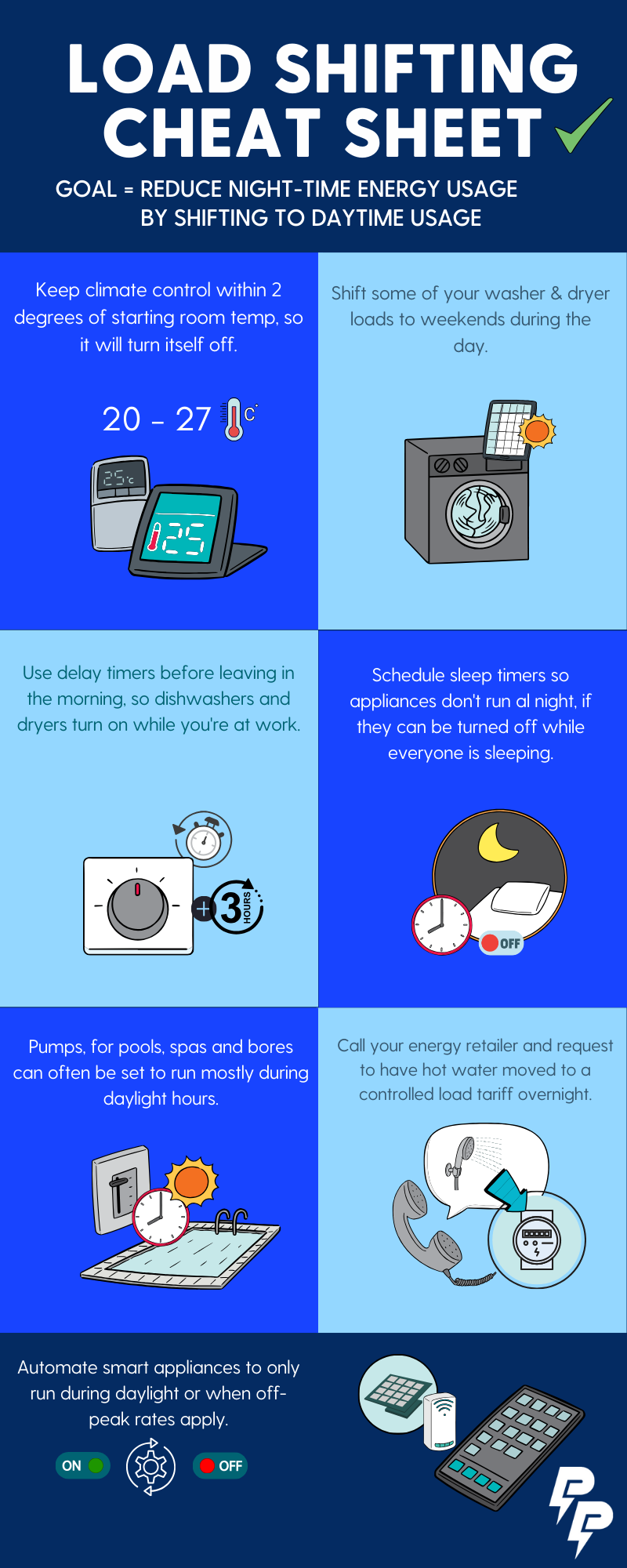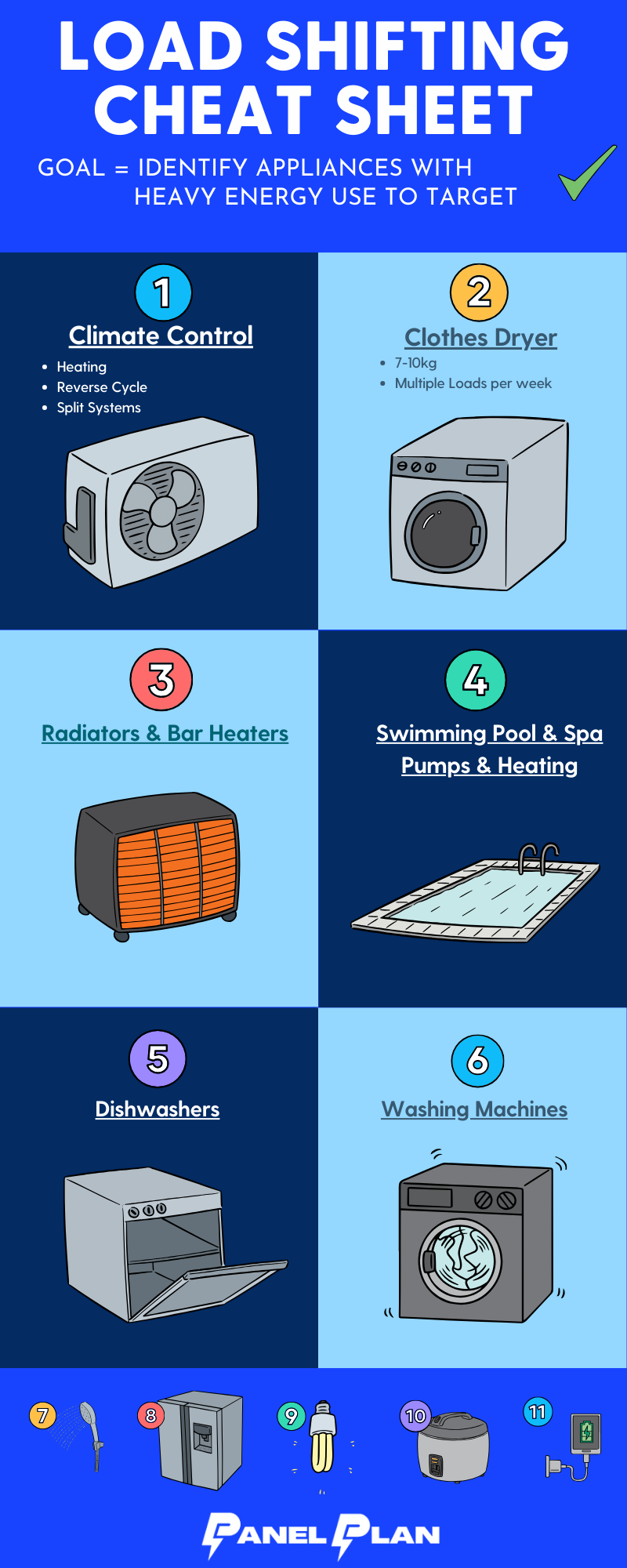

Eliminate energy
bill-shock forever, Without any
out-of-pocket
cost.
No Outlay,
Simple,
Cheaper than bills!




WHY THROW YOUR MONEY AWAY?
Get solar up and running,
with no outlay,
in a way that’s cheaper
than paying your bills.
WHY THROW YOUR MONEY AWAY?
Get solar up and running,
with no outlay,
in a way that’s cheaper than paying your bill.

Stop paying

start saving
Go Solar on a $0 Panel Plan
and PAY NOTHING until 30 days after installation.
Feel stuck with an endless list of rising costs?
Power bills always JUST going up and NEVER seem to stop?
Solar seem a bit out of reach, or always on the back-burner?
We've got you covered!
STOP PAYING.
start saving.
Feel stuck with an endless list of rising costs?
Seem like power bills JUST go up and NEVER seem to stop?
Solar seem a bit out of reach, or always on the back-burner?
We've got you covered!
NEXT
3 Simple Steps
to secure your energy independence

1. Complete the quiz
Only takes a minute, get some answers right away!

2. Get a call
Discuss things further with an expert who can do all the heavy lifting for you.

3. Custom proposal
Tailored solutions customised for your property and energy needs.
Get a Panel Plan NOW and don't pay a dollar
until 30 days AFTER installation,
GUARANTEED!
BIG VALUE
Why a Panel Plan is a No-Brainer...

Claim $1000s
$1,000s in govt. subsidies make your plan affordable from Day 1

Save Immediately
Start slashing your energy costs from the day your system is connected.

Claim $1000s
$1,000s in govt. subsidies make your plan affordable from Day 1

Save Immediately
Start slashing your energy costs from the day your system is connected.

No Lock-Ins
Finish your plan anytime you want.

Cheaper Immediately
Pay less for solar from day 1 than your electricity bills anyway!

No Lock-Ins
Finish your plan anytime you want.

Cheaper Immediately
Pay less for solar from day 1 than your electricity bills anyway!
Find out if your roof, is a license to print money

THE SWITCH EVERYONE NEEDS
Before & After
Panel Plan Co. Solar
WHY YOU NEED THIS
Before & After
Panel Plan Co. Solar

+30% Increases in Electricity Prices
$15-$30k Wasted on Power
Big Outlay/Up-Front Cost
Miss Out on $1000s in Subsidies
Reduced Margins / High Overheads

Install with No Out-Of-Pocket Costs
Done-For-You Process
Fast Payback ROI - 3.6 Years (avg.)
One Solution- Tailored to your needs
Zero Interest, No Lock-ins

+30% Increases in Electricity Prices
$15-$30k Wasted on Power
Big Outlay/Up-Front Cost
Miss Out on $1000s in Subsidies
Reduced Margins / High Overheads

Install with No Out-Of-Pocket Costs
Done-For-You Process
Fast Payback ROI - 3.6 Years (avg.)
One Solution- Tailored to your needs
Zero Interest, No Lock-ins




TIME IS OF THE ESSENCE!
SAPN restrictions will soon reduce the amount of panels and credits you can have!
Get yourself sorted before the next phase of solar restrictions rolls out to new solar installs in more suburbs.
WHO IS THIS FOR?
Perfect for..
HOMEOWNERS
FAMILIES
PENSIONERS
VETERANS
NEW BUILDS
WORK FROM HOME
HIGH ENERGY USERS
INVESTMENT HOMES
AIR BnB
SELF-EMPLOYED
SMALL BUSINESS
CITIZEN/RESIDENTS

Proud partners
DEEP DIVE
PANEL PLAN PLAYBOOK
Copyrights 2024 | PanelPlanCo | Terms & Conditions








